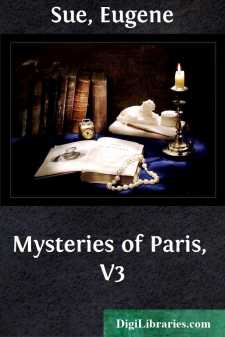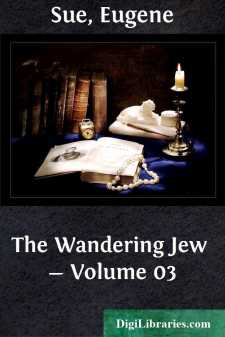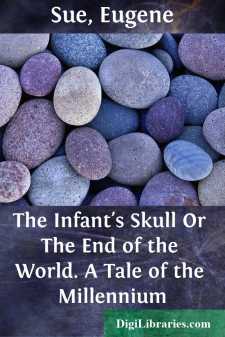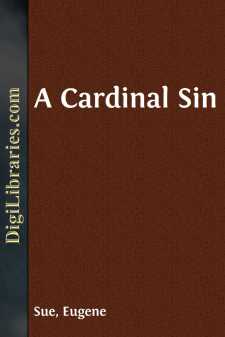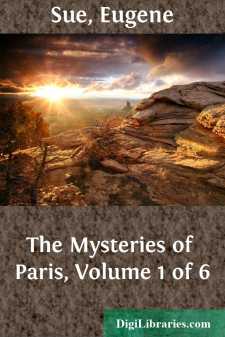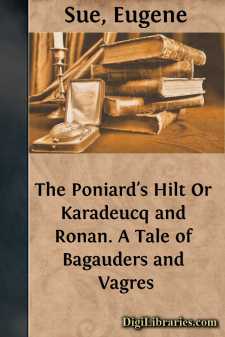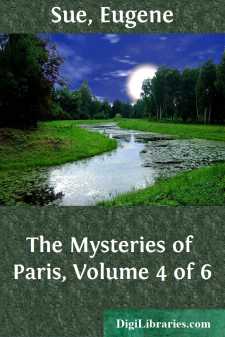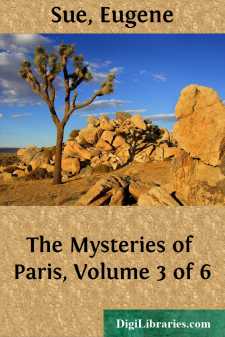Categories
- Antiques & Collectibles 13
- Architecture 36
- Art 48
- Bibles 22
- Biography & Autobiography 813
- Body, Mind & Spirit 142
- Business & Economics 28
- Children's Books 14
- Children's Fiction 11
- Computers 4
- Cooking 94
- Crafts & Hobbies 4
- Drama 346
- Education 46
- Family & Relationships 57
- Fiction 11829
- Games 19
- Gardening 17
- Health & Fitness 34
- History 1377
- House & Home 1
- Humor 147
- Juvenile Fiction 1873
- Juvenile Nonfiction 202
- Language Arts & Disciplines 88
- Law 16
- Literary Collections 686
- Literary Criticism 179
- Mathematics 13
- Medical 41
- Music 40
- Nature 179
- Non-Classifiable 1768
- Performing Arts 7
- Periodicals 1453
- Philosophy 64
- Photography 2
- Poetry 896
- Political Science 203
- Psychology 42
- Reference 154
- Religion 513
- Science 126
- Self-Help 84
- Social Science 81
- Sports & Recreation 34
- Study Aids 3
- Technology & Engineering 59
- Transportation 23
- Travel 463
- True Crime 29
Mysteries of Paris, V3
by: Eugene Sue
Description:
Excerpt
CHAPTER I.
IN THE NOTARY'S OFFICE.
Brain, or heart of the land, which you will, as large cities are, Paris may claim to have nerves, muscles, and arteries centering in it, which but few capitals, by right of size, passions, horrors, loves, charms, mysteries, in a word, can reveal. To trace its emotions, impulses, secrets, wounds, cankers, joys, the following pages are devoted.
We must begin by taking up the further ends of threads which will soon lead us deep into its labyrinths, not without events on the way, only surpassed by those we shall meet in the mazes themselves.
In the year 1819, a singular project, incited by the current stories of left-handed marriages and loving episodes, as in the case of the Prince of Capua and Miss Penelope Smith, was put into operation by one Sarah Seyton, widow of the Earl of M'Gregor. Her brother, the Honorable Tom Seyton, assisted her to the utmost, fully prepared to aid his sister in matrimonially entangling any crown-wearer whomsoever; he was perfectly willing to participate with her in all the schemes and intrigues that might be useful toward the success of her endeavor to become the wife of a sovereign, however humble in possessions and power; but he would far rather have killed the sister whom he so devotedly loved, than he would have seen her become the mistress of a prince, even with the certainty of a subsequent marriage in reparation.
The matrimonial inventory drawn up by Tom, with the aid of the Almanach de Gotha, had a very satisfactory aspect. The Germanic Confederation, especially, furnished a numerous contingency of young presumptive sovereigns, the first to whom the adventurers meant to pay attention being thus designated in the diplomatic and infallible Almanac of Gotha for the year of 1819:
Genealogy of the Sovereigns of Europe and their Families.
GEROLSTEIN.
Grand-Duke MAXIMILIAN RUDOLPH, born December 10th, 1764.
Succeeded his father, CHARLES FREDERIC RUDOLPH, April 21st 1785.
Widower January, 1808, of Louisa, daughter of Prince JOHN
AUGUSTUS of Burglen.
SON,
GUSTAVUS RUDOLPH, born April 17th, 1803.
MOTHER,
Grand-Duchess JUDITH, dowager widow of the Grand-Duke
CHARLES FREDERIC RUDOLPH, April 21st, 1785.
Tom had sense enough to inscribe first on his list the youngest of the princes whom he desired for his brother-in-law, thinking that extreme youth was more easily seduced than riper age.
The Countes M'Gregor was not only favored with the introduction of the Marquis d'Harville (a friend of the grand-duke, to whom he had rendered great services in 1815, and a little of a suitor of the lady's while she was in Paris) and of the British Ambassador in Paris, but with that of her own personal appearance. To rare beauty and a singular aptitude of acquiring various accomplishments, was added a seductiveness all the more dangerous, because she possessed a mind unbending and calculating, a disposition cunning and selfish, a deep hypocrisy, a stubborn and despotic will—all hidden under the specious gloss of a generous, warm, and impassioned nature....


